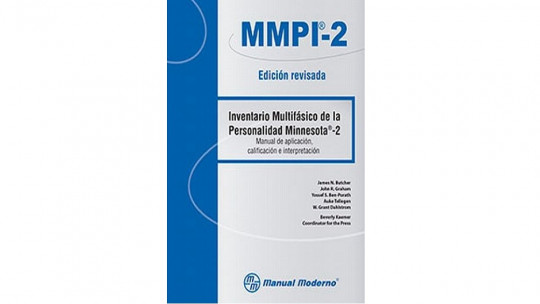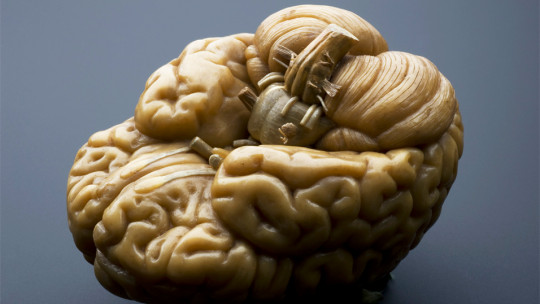
Psychometrics’ main objectives are to measure the variables that determine behavior and compare different individuals in such dimensions. In the context of personality psychology, these objectives are fundamentally manifested in the quantification of personality traits in order to predict behavior probabilistically.
Since the beginning of the 20th century, a large number of assessment tests designed to assess personality have appeared. In this article we will describe the 5 main types of personality tests which are applied above all in academic and work contexts and, in the case of those that measure psychopathological characteristics, in clinical psychology.
Types of personality tests
The instruments used to evaluate personality are classified as a general rule depending on the methodological criteria that have determined its construction In any case, most of these tests are based on the numerical measurement of personality constructs and the comparison of the tested individual with others.
In this way we find the rational personality tests, nowadays practically out of use, the empirical ones (which are based on external criteria), the factorial ones, in which the items are grouped into traits, and those that combine more than one of the criteria. previous; In this sense, the tests created by Millon and Cloninger are especially noteworthy.
1. Rational or deductive
Rational or deductive tests are built from elements theoretically related to the variables that are intended to be measured To do this, the authors of the test are based on hypothetical criteria and it is assumed that there is a correlation between these and the test items.
In 1914, shortly after the outbreak of World War I, American psychologist Robert Sessions Woodworth created the first personality assessment test. The “Woodsworth Personal Data Sheet” (PDS) was a psychopathological screening test which had the objective of detecting the predisposition to neurosis in soldiers.
The PDS was composed of 116 items, which consisted of dichotomous response questions (“Yes/No”) such as “Do thoughts pass through your mind that prevent you from sleeping?” and “Do you have a strong desire to commit suicide?” This was a test that was very susceptible to falsification by men who wanted to avoid military service.
Rational personality tests are the least common of all types, since they immediately were replaced by others based on empirical and factorial criteria, which give rise to more reliable and valid evaluation instruments. However, and as we will see later, some authors combine rational criteria with other different ones.
2. Empirical (based on external criteria)
Instruments of this class focus on assessing the correlation between the subject’s responses to evaluation items and an external criterion certain; Thus, the test items must be useful in predicting the relevant dimension.
In these cases, a group of subjects who show certain characteristics (such as a psychological disorder) are evaluated and the items are analyzed in order to choose the most representative of the criterion variable. From these, the definitive test is constructed, which is applied to other subjects in order to assess the same construct.
The best-known empirical personality test is the Minnesota Multiphasic Personality Inventory (MMPI) developed by Starke R. Hathaway and Charnley McKinley in 1942. The MMPI is mainly used to evaluate the presence of personality traits relevant to psychopathology, such as paranoia, depression or social introversion.
3. Factorial or trait test
Factorial personality tests are the most successful. These tests evaluate various factors, that is, sets of items that correlate with each other; For example, the “Cordiality” factor would be composed of items that evaluate aspects such as openness, modesty, altruism or sensitivity to the needs of others.
The Raymond B. Cattell Factorial Personality Questionnaire, better known as “16 PF”, has been one of the most used personality tests for a long time. This test evaluates 16 first-order (or basic) factors that are grouped into 4 broader ones: Rebellion, Self-sufficiency, Self-control and Tension.
However, currently the hegemonic personality test is the NEO-PI-R Inventory by Costa and McCrae, which is also based on factorial criteria. This test It is framed in the model of the big five personality factors built from research data and with input from many different experts.
4. Mixed (with combined criteria)
Certain personality tests cannot be considered strictly rational, empirical or factorial, but have been constructed from a combination of criteria. One of the tests that best exemplifies this type of methodology is the Theodore Millon Multiaxial Clinical Inventory (MCMI), from which different tests have been derived.
The MCMI was constructed by using the three criteria that we have talked about. Firstly, this author relied on his own theory to choose a large number of items (rational strategy), then he selected a small part of these by comparing them with external criteria (empirical) and finally identified the correlations between elements (factorial).








